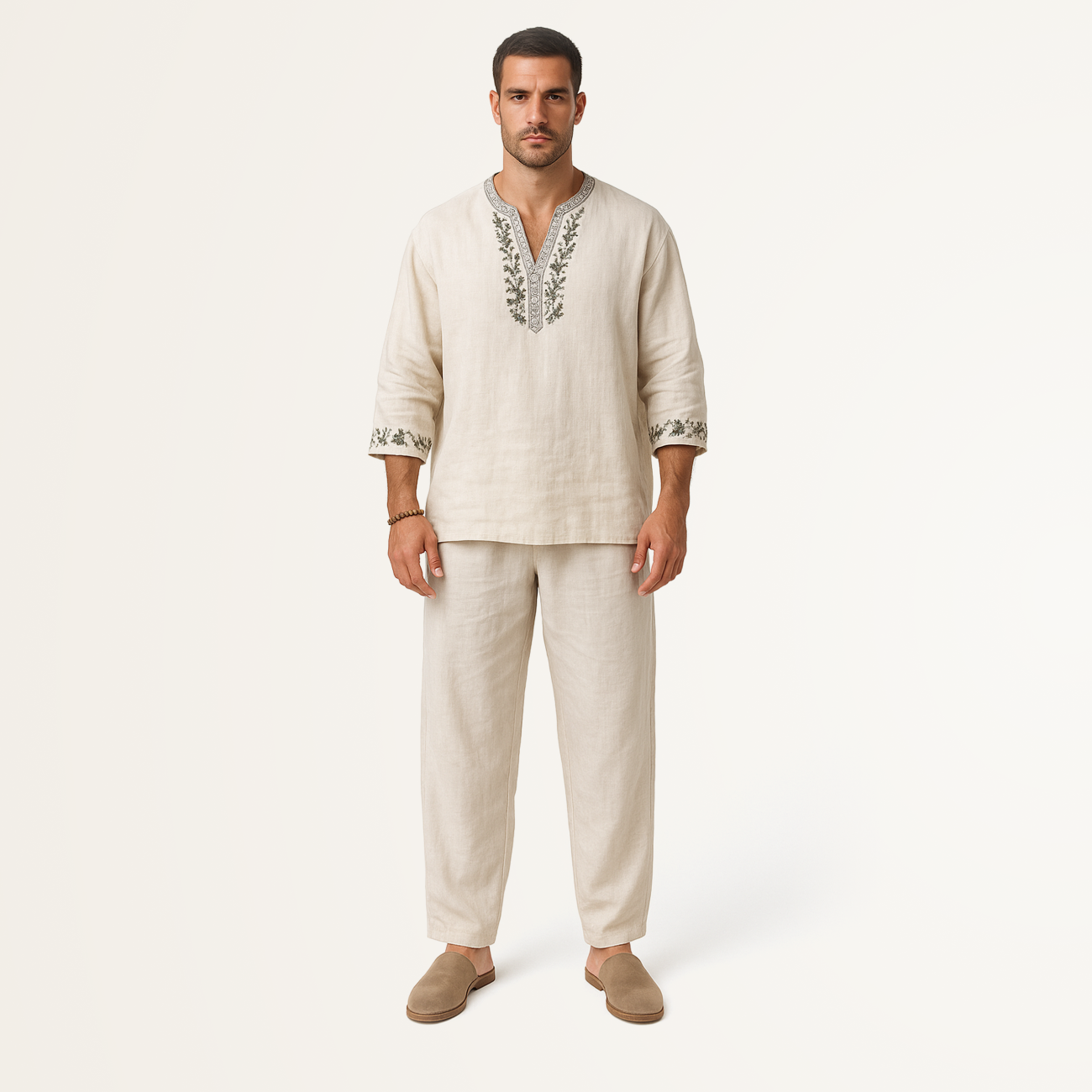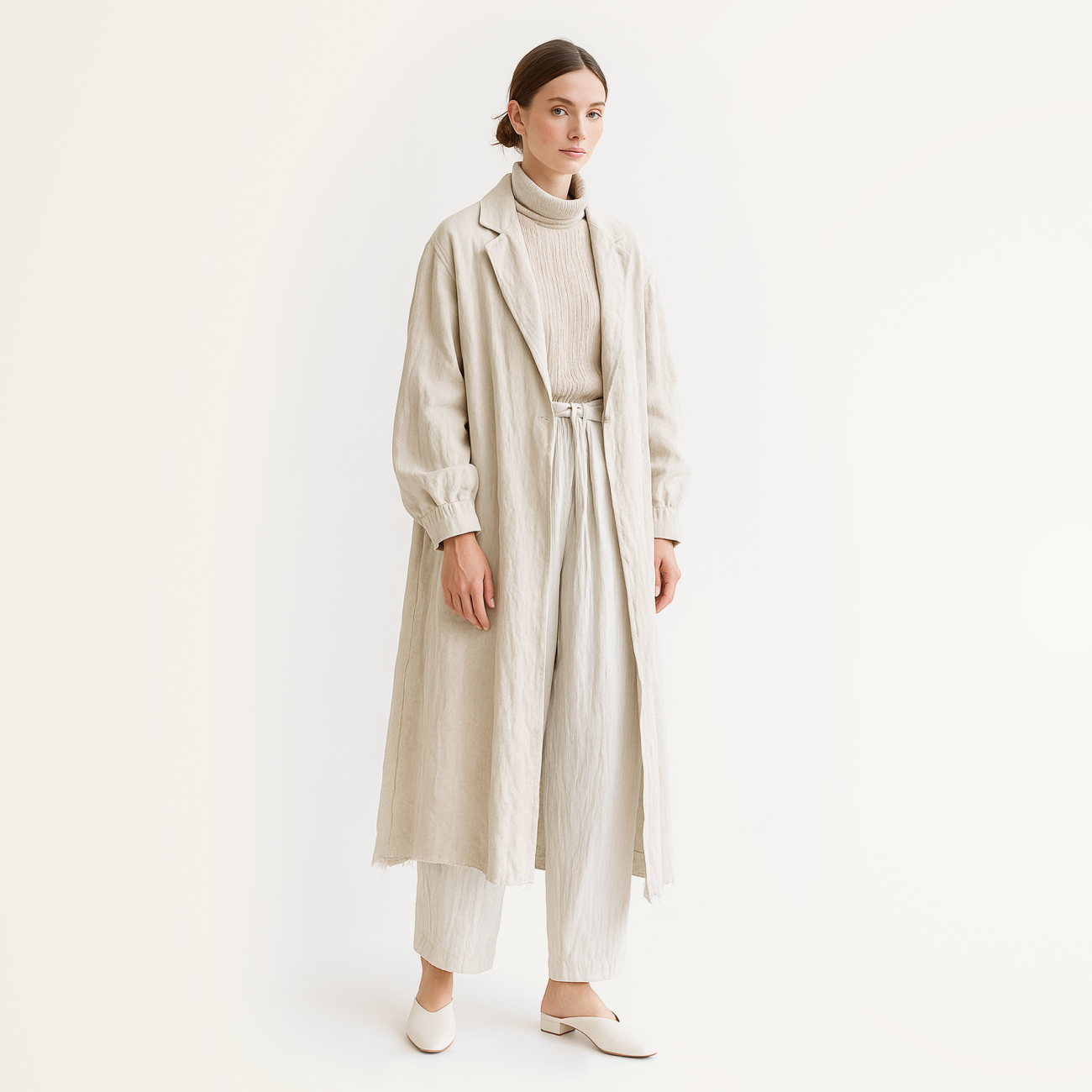Rustic
Rustic style, deeply rooted in rural culture, is the embodiment of harmony with nature and simplicity. This style rejects the hustle and bustle of city life, aiming instead for naturalness, functionality, and inner peace. The core philosophy of rustic style is a return to one’s roots, to nature, to authenticity — where not only aesthetics matter, but also a sense of soulful comfort.
History
Rustic style originated in the countryside, where people wore clothing that was not only comfortable but also simple to make. Natural materials and uncomplicated cuts were closely tied to a way of life that demanded durability and ease. Over time, rustic elements became symbols of warmth, coziness, and natural aesthetics — first drawing the attention of artists, then designers, and eventually the world of high fashion. Today, rustic style represents a kind of rebellion against excess and artificiality, expressing a longing for simplicity and soulful minimalism.
Signature elements of the style
Color palette
Natural, muted shades such as earthy brown, ochre, gray, deep green, sandy tones, and beiges that echo the colors of nature.
Prints
Rural-inspired themes. This may include embroidery with botanical motifs or whimsical patterns. All elements and colors evoke the raw beauty of nature.
Textures
Materials are durable and natural. Linen, cotton, wool, hemp, nettle, suede, denim, heavy knitwear, felt, canvas, and rugged leather. Coarse and untreated textures are favored, highlighting authenticity. Hand-knitted and woven pieces are also characteristic.
Cuts & silhouette
Simplicity and comfort above all. Rustic-style clothing typically features a loose, straight cut, emphasizing ease and effortlessness. Asymmetry, layering, and voluminous shapes are often present.
Wardrobe essentials
- Hand-knit cardigan: Soft, cozy cardigans with chunky knitting, often oversized and longline. This piece adds texture and warmth, emphasizing the homely comfort of rustic style.
- Sundress: Loose-fitting linen and cotton sundresses, often with wide straps, perfect for warm weather and a quintessential element of rural charm.
- Flowy skirt (maxi or knee-length): Layered skirts made of natural fabrics like linen or cotton bring lightness and femininity, ideal for layered looks.
- Linen or cotton shirt: A simple, slightly loose shirt, most often in solid colors or muted prints. It can be worn as a standalone piece or as a base for a layered outfit.
- Jacket: Think denim, suede, or wool jackets with minimalist cuts that underline the simplicity and practicality of the rustic aesthetic.
- Vest: A knitted or woven vest enhances the layered look, adding a tactile accent and blending easily with other wardrobe elements.
Substyles
Email: support@belt-app.com


















